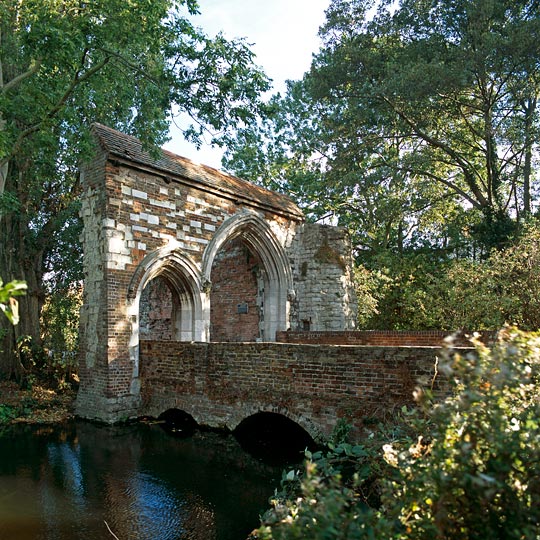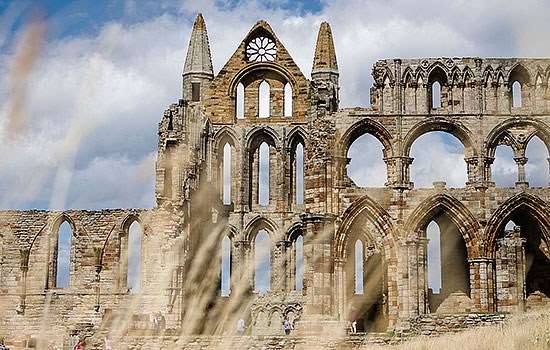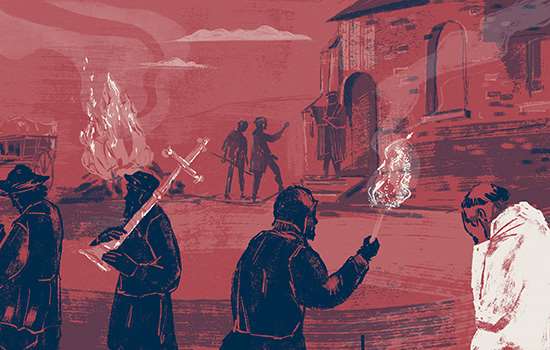History of Waltham Abbey Gatehouse and Bridge
The gatehouse and bridge at Waltham Abbey are among the remnants of one of the great monastic foundations of the Middle Ages. The abbey is the traditional resting place of King Harold II, the last Anglo-Saxon king.

Origins
Harold II’s father, Harold Godwin, Earl of Wessex, is said to have been cured miraculously of paralysis by praying before the Holy Rood (or Cross) at Waltham, and in gratitude refounded the church there in 1030. It was again rebuilt in the early 12th century and the nave of this third building remains in use today.
In 1177 the church was refounded as an Augustinian priory, later an abbey, and became one of the most prosperous and important abbeys in the country. Its fine library was home to the early 13th century Waltham Bible.
Waltham was the last monastic house in England to be dissolved and it was granted to the Denny family in 1540. The walls of the post-medieval house that was built on the site can still be seen.
Description
The western and southern walls of the late 14th-century abbey gatehouse contain some unusually large red bricks, probably contemporary with the building. In the west wall are two arched gateways, dressed in limestone – a wide carriage entrance and a smaller one for pedestrians.
The original bridge to the gatehouse has been replaced, but ‘Stony Bridge’ across the Cornmill Stream is 14th-century. Of the extensive domestic buildings that lay to the north of the church, only parts of the cloister and chapter house walls are now visible.
Further Reading
Huggins, P J, ‘Excavations of the Collegiate and Augustinian churches, Waltham Abbey, Essex, 1984–87’, Archaeological Journal, 146 (1991), 476–537


